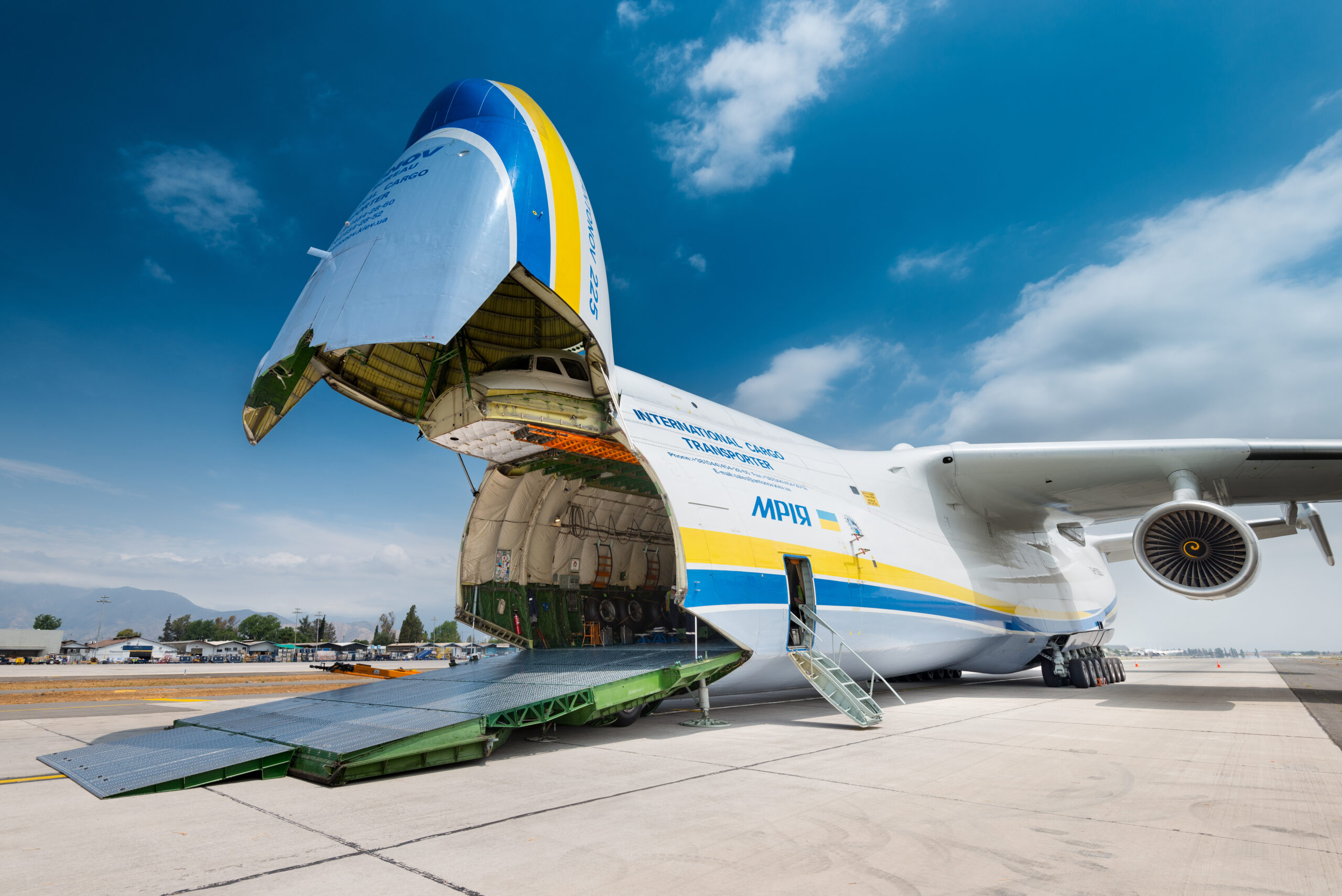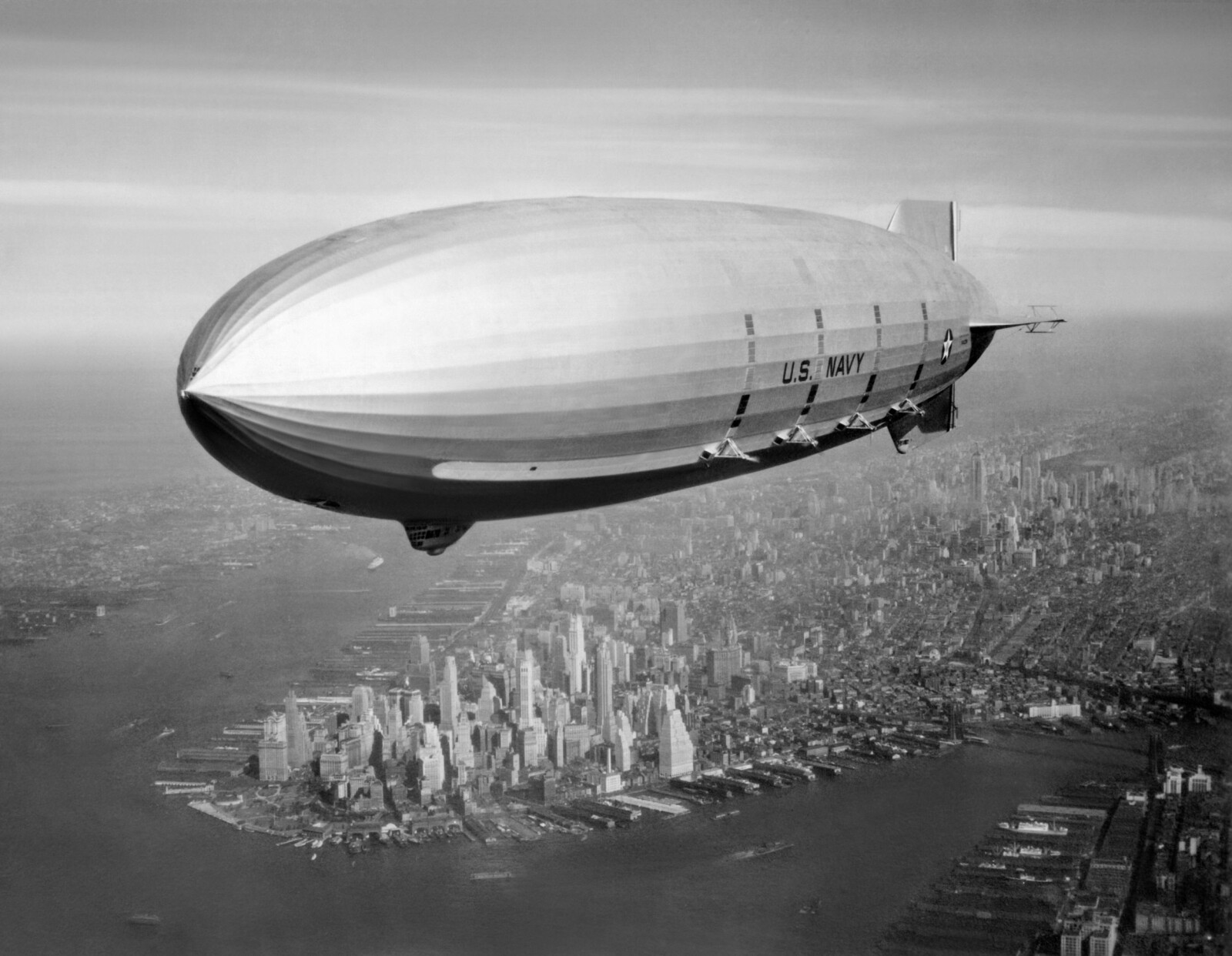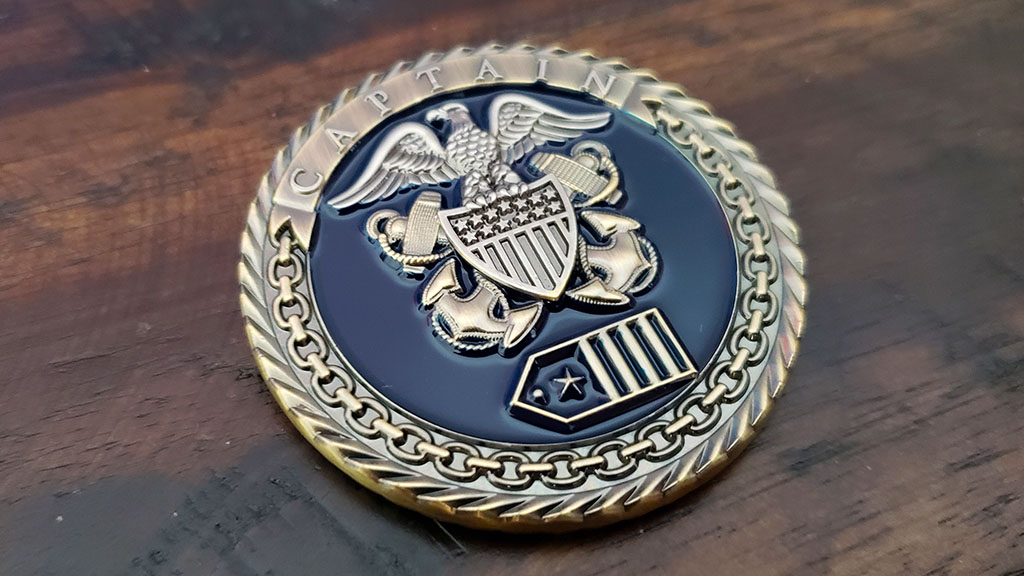
If you’ve ever seen The Avengers or similar fantasy movies, you’ve maybe wondered whether technology like the Helicarrier could ever be possible in real life. Did you know that the U.S. military actually experimented with airborne aircraft carriers in the 1930s, developing and releasing floating dirigibles that launched and recovered biplanes?
From Movies to Reality: The History of Mothership Aircrafts
When you hear the word “mothership,” you likely imagine a spacecraft only seen in science fiction movies. In reality, motherships are simply a word for airborne aircraft carriers that can contain, catapult, launch, retrieve, and continually support smaller aircraft. We’ve seen many examples of this in fiction, including the Helicarrier in The Avengers, Cloudbase in Captain Scarlet and the Mysterons, the Valiant in Doctor Who, and more.
While you may assume that we’ve yet to reach this level of naval aviation, we already attempted this form of air travel nearly a century ago.
The Initial Airship Experimentation
Experimentation for airship projects began in 1917 when the United Kingdom developed HM Airship No. 23, with the goal of defending the interior parasitic aircraft from the airship. The UK successfully launched unmanned and manned Sopwith Camel fighters.
By 1924, the British Imperial Airship Scheme launched a plan to develop an airship that would carry five military aircraft, but the project was eventually abandoned. The UK eventually completed the R100 and R101 commercial airships by 1929, but they each crashed during trial flights, killing dozens of onboard passengers and ultimately ending the UK’s attempts. The R101 crash was one of the worst airship crashes in the 1930s, killing 48 passengers, including government officials.
The Akron Is Born
Despite the UK’s tragedies, the U.S. Navy decided to join the attempts to develop airborne aircraft carriers in the early 1930s. Between 1931 and 1935, the U.S. Navy developed Akron and Macon, both part of the Akron class of rigid airships. Each included an internal hangar bay to house multiple Curtiss F9C Sparrowhawk biplane fighters and trapeze mechanisms for launching and recovering the aircraft.
At the time, Akron and Macon were the largest flying objects in the world and still hold the record for being the biggest helium-filled ships at an astonishing 785 feet long.
Akron’s first flight was in 1931. Macon came only a couple of years later, in April 1933. The internal Sparrowhawk fighters were operational and launched by September 1932.
The Largest Airship Crash in History
On April 4, 1933, Akron flew through a severe thunderstorm on the coast of New Jersey and was destroyed, killing 73 of the airship’s total 76 passengers. This wreck became the largest airship crash in history in terms of human lives lost. Macon was also later damaged in a storm in 1935 off the coast of California, though luckily, most of the passengers and crew survived.

Airship Development Moving Forward
Akron and Macon went down in history as the most, yet least, successful airborne aircraft carriers ever built. Since their inception, we’ve seen similar mothership ideas, many of which have not come to fruition. For example, the U.S. proposed ZRCV to take the place of the Akron with nine dive bombers, but the project never progressed.
The Soviets successfully launched heavy bomber motherships, which worked similarly in theory, though only to refuel and support bombers designed for surface attacks rather than manned fighters.
By the 1970s, we saw the Boeing 747-AAC (Airborne Aircraft Carrier), designed to carry up to 10 Boeing Model 985-121 “microfighters” using a carrier and landing platform, flight deck, and more. Boeing’s goal was to essentially create an aerodrome wherever needed for refueling, retrievals, and more. By 1973, the concept was considered “technically feasible” but was never built.
Fast forward a few decades, and the focus of the U.S. military largely turned to airships that can support, deploy, and retrieve drones.
Why Haven’t Efforts on Airborne Aircraft Carriers Continued?
While airborne aircraft carriers may seem like a superior solution in films, they haven’t exactly panned out that way in reality. After the preliminary testing and launches conducted in the 1930s, it became clear that any motherships large enough to carry manned aircraft were far too large and slow-moving to be effective in any air defense system. The size and weight requirements create a target in the sky, limit speeds, and add to risks.
Because of this, we’re seeing much smarter evolutions with airborne drone carriers and similar technologies that can operate faster at a smaller scale.
Are You Just As Passionate About Military Capabilities As We Are?

Airborne aircraft carriers are just one unique milestone in U.S. military history, displaying the nation’s pursuit for advancement. If you’re as passionate as we are about military capabilities, get a quote for our military challenge coins from Embleholics to honor the service members in your life.

